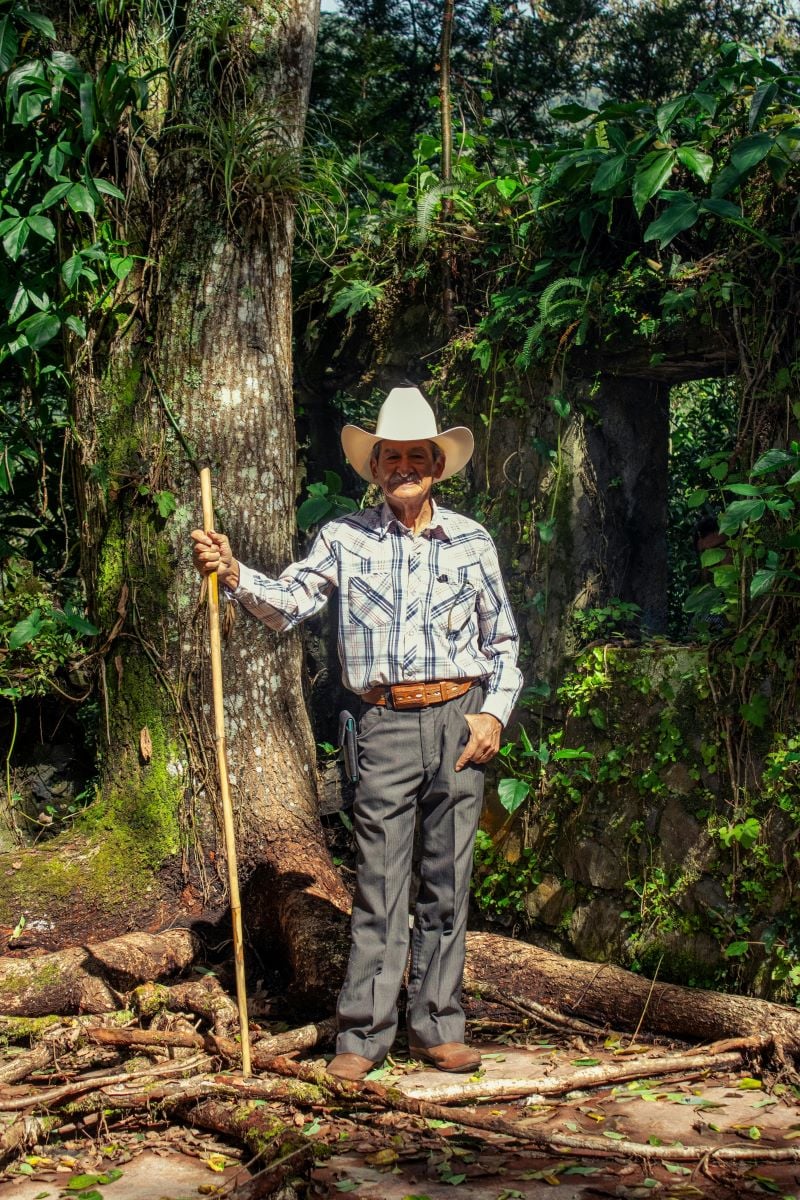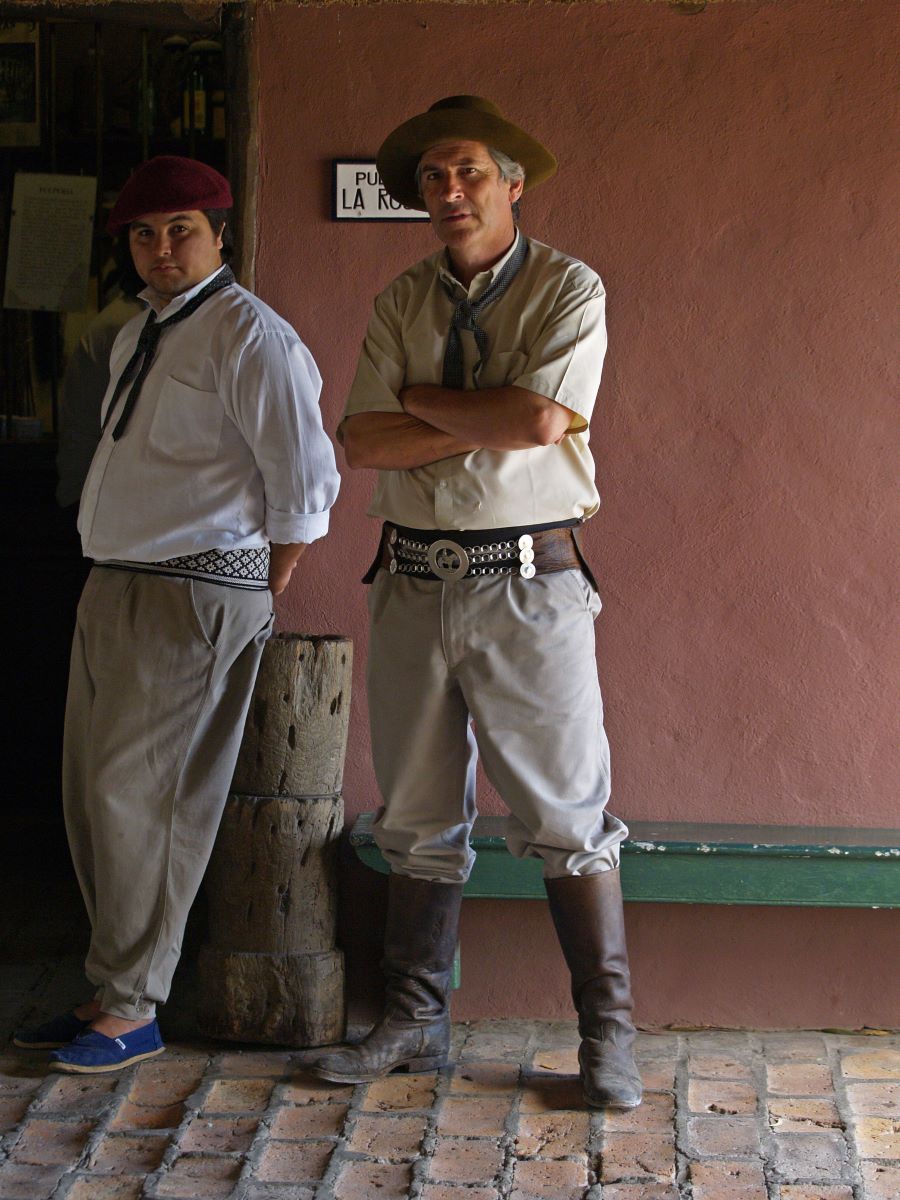Traditional Argentine Clothing has always fascinated me because it’s full of history, color, and meaning. When I first saw people wearing ponchos and bombacha pants at a local festival, I realized how deeply these outfits reflect Argentina’s spirit and pride. They’re not just costumes — they’re part of everyday life in many towns, especially during celebrations and family events.
If you’re curious about how people dress in Argentina or enjoy discovering new cultures like I do, you’ll really enjoy this guide. I’ve gathered what I’ve learned in a way that’s simple and easy to follow.
Here’s what you’ll learn:
- The most common clothes for men and women
- What people wear during national celebrations and in rural life
- How clothing shows Argentina’s local customs and values
Keep reading to explore these special outfits and what they mean to people in Argentina today.




1. History of Traditional Argentine Clothing
Historical Root

Exploring traditional Argentine clothing reveals a rich story of the nation’s history. From the open plains to bustling cities, each garment reflects Argentina’s unique culture. Influenced by both indigenous traditions and European styles, these outfits combine heritage with practical design.
Over time, Argentine clothing has adapted to different lifestyles and environments. Bombacha pants, worn by gauchos, and colorful ponchos are iconic examples that show resilience and tradition. Beyond their practical use, these clothes symbolize pride, unity, and shared values across communities.
Today, traditional Argentine attire continues to connect modern life with its cultural roots, celebrating the country’s history and identity.
2. Argentine National Costume
Argentine National Costume for Men

The Argentine national costume for men includes several iconic garments that reflect tradition and culture. The poncho is a key item, providing warmth and protection while displaying classic designs. Bombacha pants, with their loose fit, are practical for gauchos and combine comfort with style.
Wide-brimmed hats offer sun protection and symbolize status and masculinity. Alpargatas, traditional canvas shoes with rope or jute soles, provide comfort and flexibility for everyday wear, completing the classic look of Argentine men’s attire.
Argentine National Costume for Women

Argentine national costume for women showcases an array of elegant and practical garments that reflect the nation’s rich heritage. The pollera, a full skirt crafted from vibrant fabrics, is a cornerstone of women’s attire, offering both style and comfort. Paired with a vestido or dress, it creates a classic and feminine look.
The rebozo, a versatile shawl, is commonly draped over the shoulders for warmth or used as a fashion accessory, adding an air of sophistication to any ensemble. Additionally, Alpargatas, traditional canvas shoes with rope or jute soles, are favored for their comfort and durability.
3. Notable Vintage Argentine Outfits
Poncho

The poncho, closely tied to the Argentine gauchos, represents rugged elegance and cultural identity. Originating from the wide plains of Argentina, this iconic garment protects against the elements with its loose, flowing shape and earthy tones, often made from wool, alpaca, or cotton.
Over time, the poncho has changed, influenced by the daily life and traditions of the gauchos. Its patterns combine indigenous techniques with European styles, highlighting Argentina’s rich heritage.
Some ponchos are made from silk or decorated with leather accents, showing the skill and creativity of the artisans who craft them.
Bombacha

The bombacha, a key part of traditional Argentine clothing, combines practicality with cultural tradition. Known for their loose, baggy design, these trousers have been worn for generations, representing the resilience and rugged lifestyle of the gauchos.
Made from durable materials like wool, leather, or cotton, bombachas provide comfort and strength for daily wear. Some are crafted from silk or natural fibers such as alpaca or agave, adding a touch of elegance to their practical design.
With a long history tied to gaucho life, bombachas continue to symbolize Argentina’s heritage and national pride.
See Also Traditional Lithuanian Clothing
Camisa

The Camisa stands as a timeless symbol of Argentine Culture, celebrated for its simplicity and cherished with pride. This classic shirt has long been an essential part of the Argentine costume, embodying the nation’s rich history and enduring elegance.
Made from materials like cotton, linen, silk, or natural fibers such as alpaca or agave, the camisa is comfortable and versatile for everyday wear. From its origins as common attire to its place in traditional dress today, it continues to represent Argentina’s identity and cultural pride.
Boinas

Boinas, also known as berets, hold significant cultural significance in Argentina, symbolizing tradition and history. These timeless hats have adorned the heads of Argentinians for generations, embodying the country’s rich past and enduring customs.
Bolinas, crafted from materials like wool, alpaca, or cotton, seamlessly blends style and practicality, adding an elegant touch to any attire. Their significance in Argentine culture, tied to gauchos and national pride, captures the spirit of Argentinian identity.
Botas de Potro

Botas de Potro, traditional leather boots with high heels, are an important part of Argentine national clothing, especially for horse riding. These boots have a long history in Argentina and are closely connected to the country’s equestrian traditions.
Crafted from premium leather, Botas de Potro offers durability and essential support for riders. The elevated heels are tailored to secure the rider’s feet in the stirrups while ensuring comfort during extensive rides across the pampas.
These boots carry not only functionality but also a sense of tradition and pride, symbolizing the profound bond between the rider and their horse, as well as the enduring spirit of the Argentine gaucho.
Fajas

Fajas, essential to traditional Argentine costume, serve practical and ornamental purposes. These sashes and belts have long been crucial accessories, adding both style and utility to various outfits.
Crafted from a range of materials like leather, wool, or intricately woven fabrics, Fajas are versatile accessories worn in diverse ways. They cinch waistlines, secure garments, or simply embellish attire.
Fajas not only enhance the aesthetic of Argentine classic clothing but also hold cultural significance, often featuring intricate designs that reflect the heritage and skill of Argentinian artisans.
Pollera

Polleras, integral to Argentine national costume, are full, long skirts typically made from wool or sturdy fabrics. These skirts hold significant cultural value, celebrated for their lively embroidery and intricate patterns.
Crafted from durable materials like wool, polleras feature elaborate embroidery and vibrant motifs, adding a touch of elegance and cultural richness.
Polleras represent more than mere clothing; they signify a deep connection to Argentinian identity and tradition. Often worn during festive occasions or cultural gatherings, polleras serve as proud symbols of heritage.
Time-honored Accessories

Mantillas, Facón, Cinturón, and Espuelas are integral to Argentina’s cultural identity, each holding its unique significance and role in traditional attire.
Mantillas are elegant shawls or scarves draped over the shoulders, adding refinement to ensembles. Typically crafted from fine lace or delicate fabrics, they blend practicality with style. Facón, a traditional Argentine knife, embodies the rugged spirit of the Gauchos. Adorned with intricate designs, these knives symbolize honor and craftsmanship.
Cinturón, or belts, not only cinch the waist but also serve as decorative accents. Often embellished with ornate patterns or metal details, they elevate the overall look of traditional Argentine clothing.
Espuelas, or spurs, are emblematic of Argentina’s rich equestrian culture. Worn by horse riders, they signify the close connection between rider and horse, reflecting the country’s vast plains and Gaucho heritage.
4. Regional Argentine Traditional Attire
Argentine Traditional Dress in Buenos Aires

Buenos Aires boasts a wide range of clothing scenes, catering to various tastes and occasions. Casual wear often includes fitted jeans or trousers paired with stylish tops, while formal attire leans towards tailored suits and elegant dresses.
Lightweight materials like cotton and linen are favored for everyday wear, while classic colors such as black and navy dominate formal occasions. Cultural influences are sometimes woven into modern designs, adding a unique touch to the city’s fashion landscape.
Argentine Traditional Dress in the Pampas Region

In the Pampas region, Gaucho attire is meticulously crafted for both durability and cultural significance. Bombachas, fashioned from sturdy cotton or wool, provide essential freedom of movement for horseback riding.
Alpargatas, canvas shoes with rope soles, offer comfort on uneven terrain. Ponchos, woven from wool or alpaca, shield against the elements with intricate designs. Wide-brimmed hats, fashioned from felt or leather, provide crucial sun protection.
Argentine Traditional Dress in Northern Argentina

In Northern Argentina, traditional clothing bursts with color and meaning, reflecting the heritage of indigenous communities. The pollera, a full skirt made from wool or heavier materials, tells the story of skilled artisans through its intricate embroidery and bright colors.
Ponchos, woven from wool or alpaca fibers, carry patterns passed down through generations. They provide warmth and protection while honoring Andean traditions.
Mantas, colorful shawls made from cotton or wool, and chullos, knitted hats with tassels, add texture and personality. Together, these pieces celebrate culture, community, and identity.
Argentine Traditional Dress in Rural Villages

In rural Argentine villages, clothing reflects the agricultural lifestyle and communal values of the residents. Practical yet culturally significant attire includes Bombachas, baggy trousers made from durable cotton or wool, paired with Alpargatas for flexibility during farm work.
Ponchos woven from wool or alpaca fibers provide warmth and identity, while wide-brimmed hats shield against the sun.
5. Pattern of Argentine Attire

Traditional Argentine clothing showcases a variety of patterns and textures that echo the country’s rich history. From the bold stripes on bombacha pants to the intricate detailing on ponchos, each element reflects Argentina’s cultural heritage. These patterns hold deep cultural significance, while the textures of fabrics like wool and leather add to their visual and tactile appeal.

Traditional Argentine Clothing: A Recap
Traditional Argentine clothing, like the rugged bombacha pants worn by gauchos and the colorful ponchos, has always fascinated me because it shows so much about the country’s history and culture. When I first saw these outfits at a local festival, I noticed how they combine practicality with pride and identity, carrying traditions that have lasted for generations.
Learning about these garments has helped me appreciate how much effort goes into keeping culture alive. Even today, seeing people wear traditional attire reminds me of Argentina’s resilience and sense of community.
For me, Argentine clothing isn’t just about style — it’s a living connection to the past and a celebration of shared values that continue to shape the nation.






